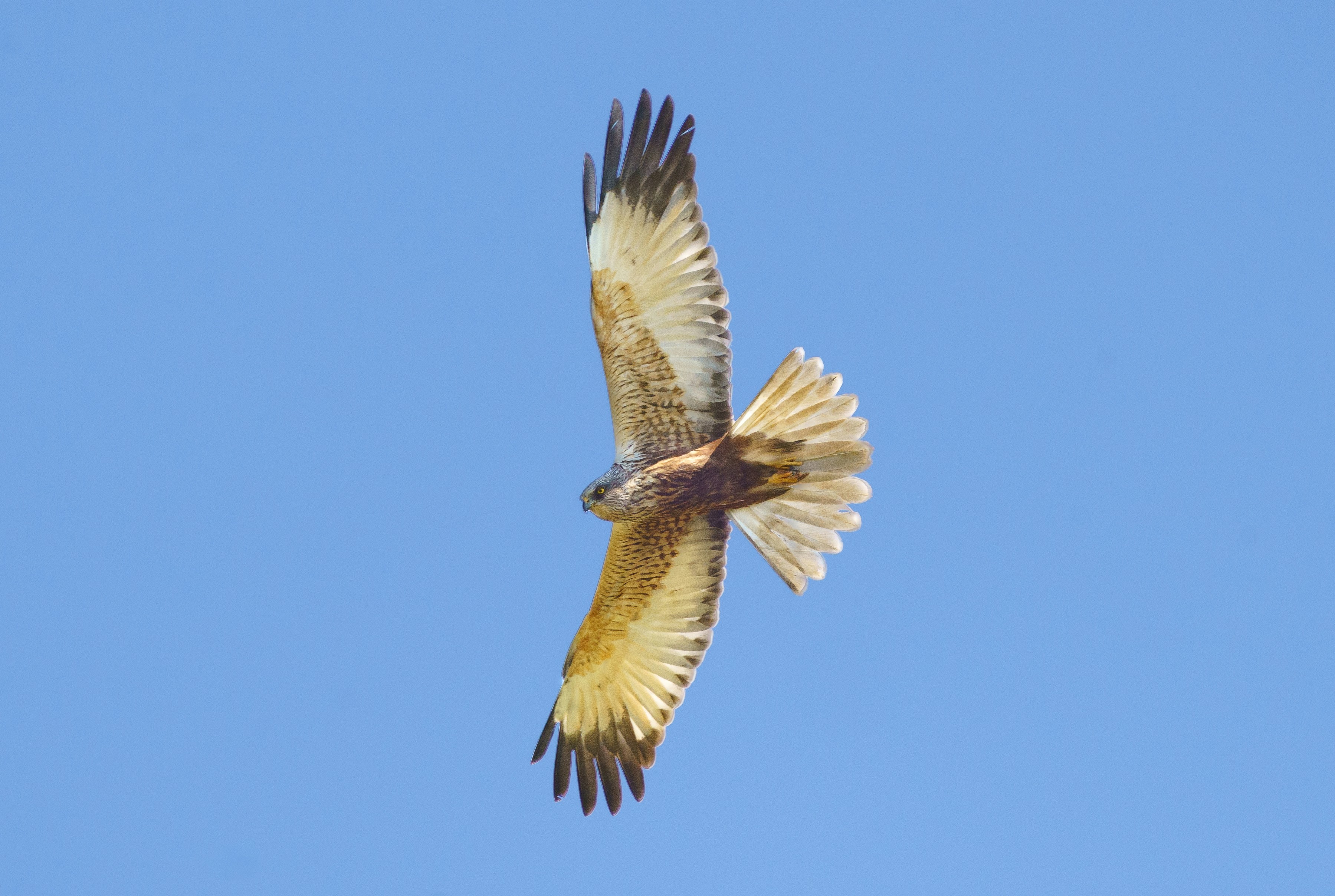13 Jan
Species Spotlight: The Marsh Harrier
Wildlife
Welcome to the first ’Species Spotlight’! The Humber Estuary is home to a wide array of interesting species that call the Humber their home. For each species spotlight, we will take a closer look at a resident of the Humber that you may even be able to go out and spot some yourself! This time we will focus on a bird of prey - the Marsh Harrier.
Marsh Harriers get their name from the marsh and reed habitats that they live and hunt in. Marsh Harriers are scientifically known as Circus aeruginosus. Circus refers to the circle motion that birds of prey make when they hunt, and aeruginosus is a Latin word that means "rusty", describing the colour of the plumage. They are mostly found along the East coast of England, but can be found in other parts of the country too. They eat small mammals, birds and frogs found in the marsh habitats along the banks of the Humber.
As the largest species of harriers, they are 48-55cm in length, with a wing span of 1.2 meters (the wingspan is around the same height as the average 8 year old). Weighing anywhere from 540-670g, these birds of prey have a typical lifespan of about 6 years, however the oldest known individual identified from ringing was over 13 years old! When in flight they create a V-shape with their wings. Females are a rusty-brown with a golden-yellow crown and throat. Males have a brown back, gingery belly, pale head and neck, and long, grey wings with black tips. There are only 590 pairs of Marsh Harrier in the UK according to the BTO, landing them an Amber designation on the UK conservation list. As such they are a Schedule 1 species, which means it is illegal to disturb them when they are nesting, in addition to wider protection from harm offered to all wild bird nests and young in the UK . Breeding Marsh Harrier are also listed as a designated feature of the Humber Estuary Special Protection Area (SPA).
During breeding season (mid April to mid May), you can see them perform a spectacular courtship ritual. The male will fly high and swoop to the ground tumbling and turning. Sometimes the female will join in and the pair will hold talons and tumble towards the ground together. They will only have one clutch of around 4-6 eggs each season.
When you are out and about this January, keep an eye out for these amazing birds of prey around the Humber.


